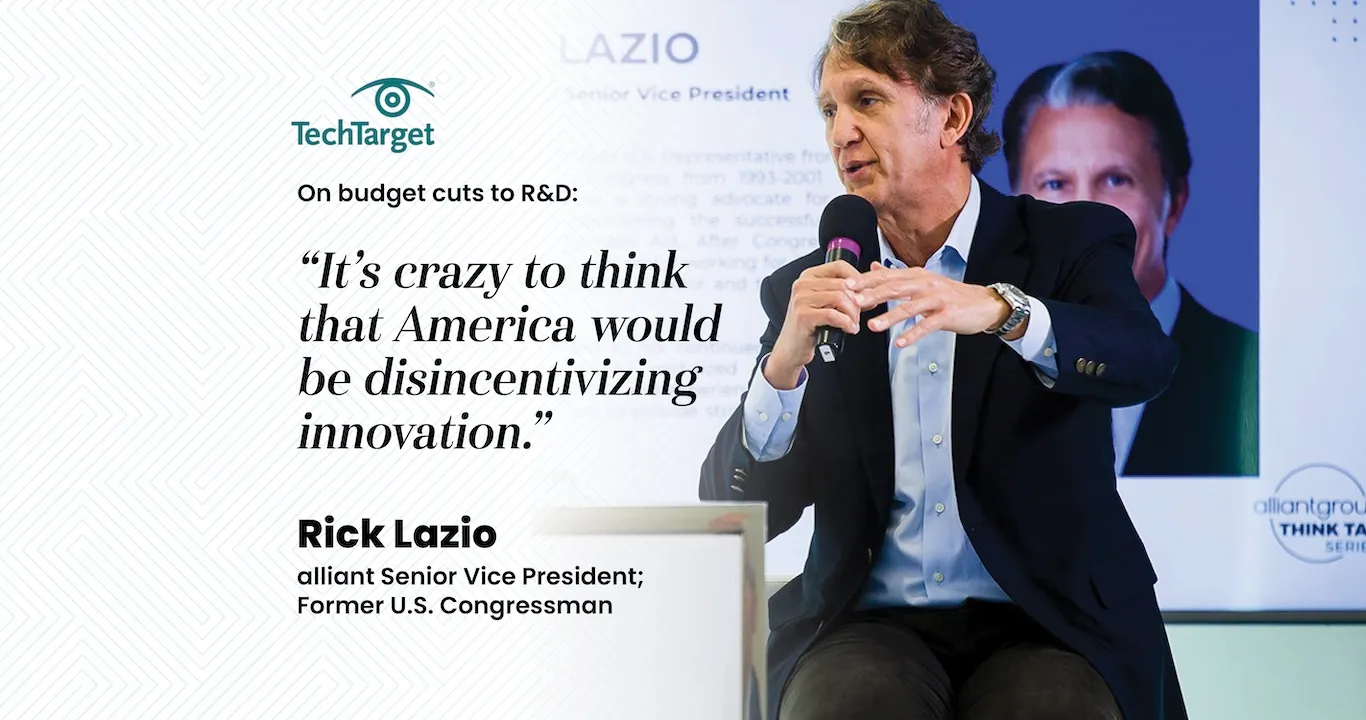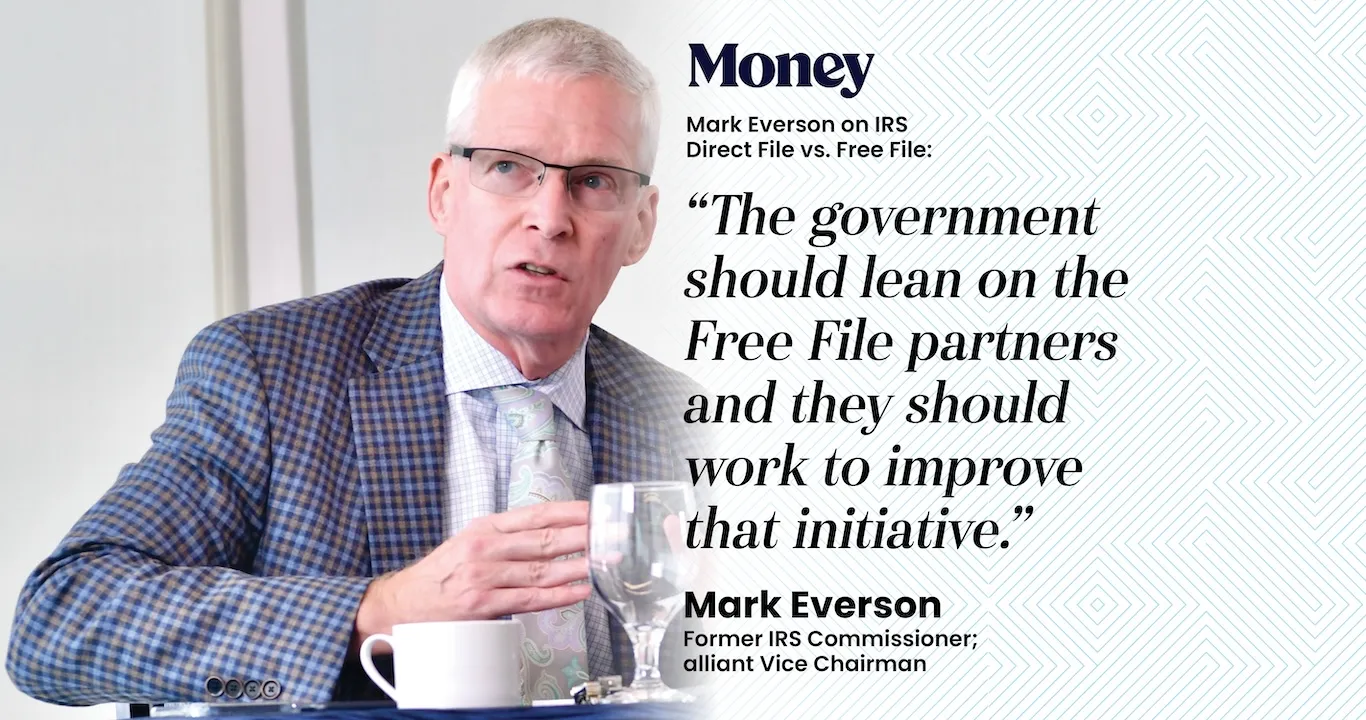Flush with funding from the Inflation Reduction Act, the IRS launched major initiatives to ramp up enforcement activities and make much-needed improvements in taxpayer services.
These efforts depend on hiring and training tens of thousands of additional employees, itself a daunting task. Equally important will be modernization of the agency’s technology infrastructure and successful development of new systems capabilities.
If modernization goes well, it will have lasting impact, and all three components of the nation’s tax system will benefit: taxpayers, tax practitioners, and the government itself.
The IRS is frequently criticized for its poor technology, an assessment that isn’t entirely fair. One can even argue that in recent years, automation has kept the tax system afloat. Because of its focus over the past quarter-century on electronic filing, most Americans now file their returns electronically—or have a practitioner do so on their behalf.
The IRS during the pandemic issued almost 500 million relief payments to Americans, a remarkable achievement and government execution at its best. Nevertheless, the agency has struggled with transactions requiring human intervention or handling.
The delay in automating processes hasn’t only been a question of adequate resources, although that has been a constraint. The IRS has faced other problems, including a bumpy track record with the contractors who design, implement, and operate many of the systems it puts in place.
The government will only realize its ambitious goal of modernizing the IRS if it adheres to four guiding principles: data security, deployment of proven technology, transparency with taxpayers and the tax community about what the government is doing, and proceeding deliberately each step of the way.
If the IRS is to build and maintain public and congressional support for its technology programs, it must demonstrate—convincingly—that it treats protection of taxpayer data as job one.
In its 2023 information technology assessment issued last month, the inspector general charged with independently monitoring IRS operations and controls rated the organization’s cybersecurity programs “not effective” in three of five areas. This is alarming, especially given the massive security breach at the IRS that came to light in June 2021.
The judicial resolution of that matter, with the perpetrator (a contractor) receiving only a five-year prison sentence, has done little to convince skeptics that the government “gets it.” As the IRS launches more systems with more data, bad actors will increase efforts to penetrate the agency.
Many Americans are wary of government overreach, particularly in today’s politically charged environment. The furor that erupted when the IRS rolled out, and then backed away from, the use of facial recognition technology is a perfect example.
The government will function best if the IRS is comfortable being slightly behind the technology implementation curve. When the taxman launches new technology, it will be better if Americans feel the approach is cautious and measured, and not bleeding-edge.
The IRS should develop and maintain a strong focus on transparency to establish trust with tax practitioners and taxpayers, who are both end users of many applications contemplated in the build. In sensitive areas such as data analytics and artificial intelligence, there could be any number of unseen obstacles to avoid.
The stakes are exponentially higher in any enforcement-related technology application. It will be better for the IRS to explain what it’s doing rather than let others reveal and then characterize its actions.
Getting the pacing right is a significant challenge, as the IRS works through dozens of areas of technology transformation. But its Direct File pilot shows the agency can strike the right balance, and it’s an approach that can be replicated. It makes sense that the government is moving cautiously, testing the application this filing season in only 12 states, with participation limited to taxpayers preparing simple returns.
Finally, President Joe Biden has taken a greater interest in tax administration—as distinct from tax policy—than any predecessor in living memory, placing great emphasis on increased scrutiny of corporations and high-income individuals. White House support for the agency is good, but holding it so close risks erosion of the function’s independence.
The IRS is under clear pressure in an election year to demonstrate the benefits being realized from its increased funding. National interests will be best served if the IRS rolls out new technology only when satisfied the applications in question are necessary, fully tested, and ready to go—not before.




